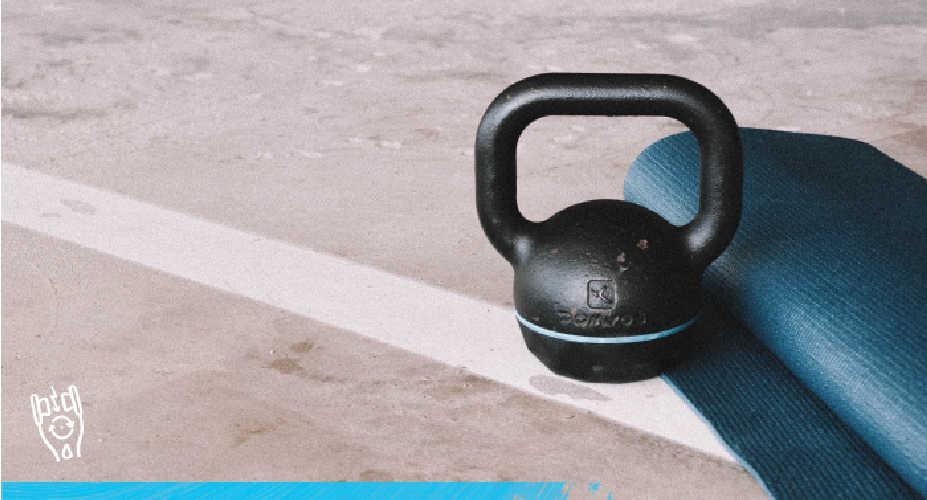
There are advantages to doing all your workouts at home. One, they’re free (or cheap if you sign up to an app or virtual gym), and two, you don’t have to worry about travelling anywhere. However, it’s also sometimes hard to find the motivation to work out at home and you might be lacking in the equipment or knowhow required to get in a solid workout.
Fortunately Jason Bone, head of strength at FLEX Chelsea, is here to help. Below you’ll find some general tips from Bone on how to go about strength training at home, along with specific advice for people with free weights, resistance bands or no equipment at all.
Plan Your Week
One of the many pitfalls of strength training at home is that you have so many distractions. Overcome this by scheduling your workouts in your diary, the same way you would book in with a personal trainer. I would recommend three strength workouts a week along with other types of training to add variation and keep you interested.
Be Consistent
Consistency is an important aspect of reaching your goals. It’s easy to fall off the wagon and before you know it you’ve missed a whole week’s training. If you miss a day’s training, try to make it up later in the week. Don’t let your head drop – stay positive and be determined to catch up.
Make Progress
Monitor your workouts and look to progress: increase the reps, add more weight, shorten your rest periods. There is nothing better than being able to train harder, feel fitter, stronger or push further.
Tips For Working Out At Home With...
No Equipment
You still have your own body or various things around the house – a chair, a big water bottle or even a member of the family! With bodyweight strength exercises it’s important to slow down the tempo and think about what muscle group you’re working. Are you engaging the right muscles?
To begin with, stick to fairly basic compound exercises like the squat, lunge, glute bridge, press-up, sit-up and plank. These are well-known exercises and the reason for that is because they work! Keep tension in the specific area you’re targeting for around 30 seconds, doing ten reps. If you’ve finished ten repetitions in 20 seconds you’re going too fast. Aim for three rounds of each exercise with a 45-second rest.
You can progress your workouts by supersetting your exercises. Do an upper-body exercise and instead of resting go straight into a lower-body exercise.
Resistance Bands
By adding resistance you’ll be putting the muscles under more tension and therefore increasing your strength capacity. Stick to similar exercises as in bodyweight workouts, although you’ll find your exertion level is much higher. You might not be able to superset or keep to the same rep range you were at previously, but that’s what progression is all about.
Free Weights
This is where you can go to the next level of strength training, though you must be careful that you still stick to the slow and steady repetitions, and be mindful of your form because injuries can occur.
If you are fortunate enough to have some dumbbells I suggest adding the deadlift, front squat, weighted lunge, bent-over row and shoulder press to your programme. Stick to a similar rep range and tempo as in your bodyweight workouts, but add more weight as your strength increases. You will also benefit from switching up your routine every four weeks to avoid plateauing and to keep your workouts interesting.
Written by Nick Harris-Fry for Coach and legally licensed through the Matcha publisher network. Please direct all licensing questions to legal@getmatcha.com.








